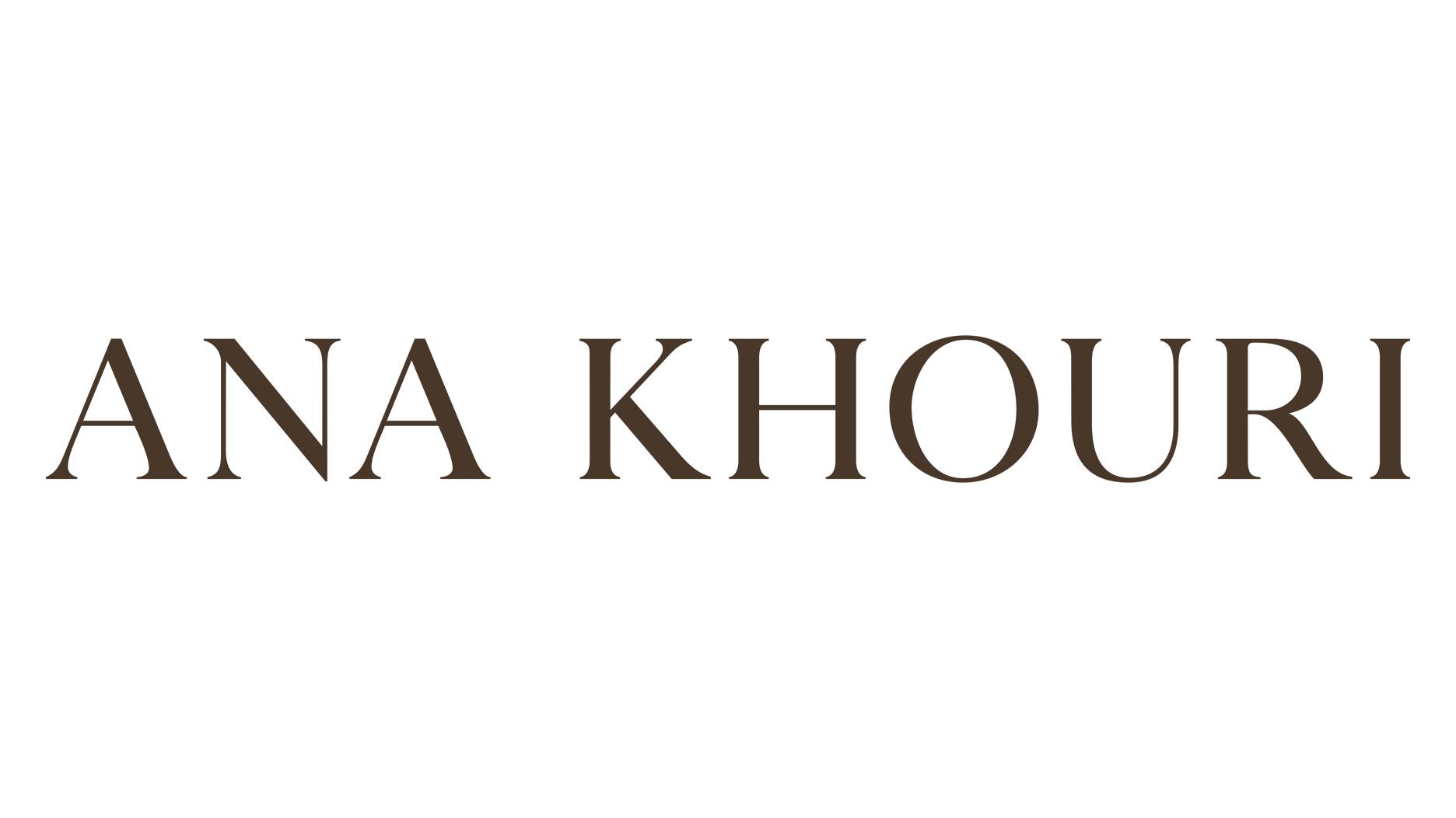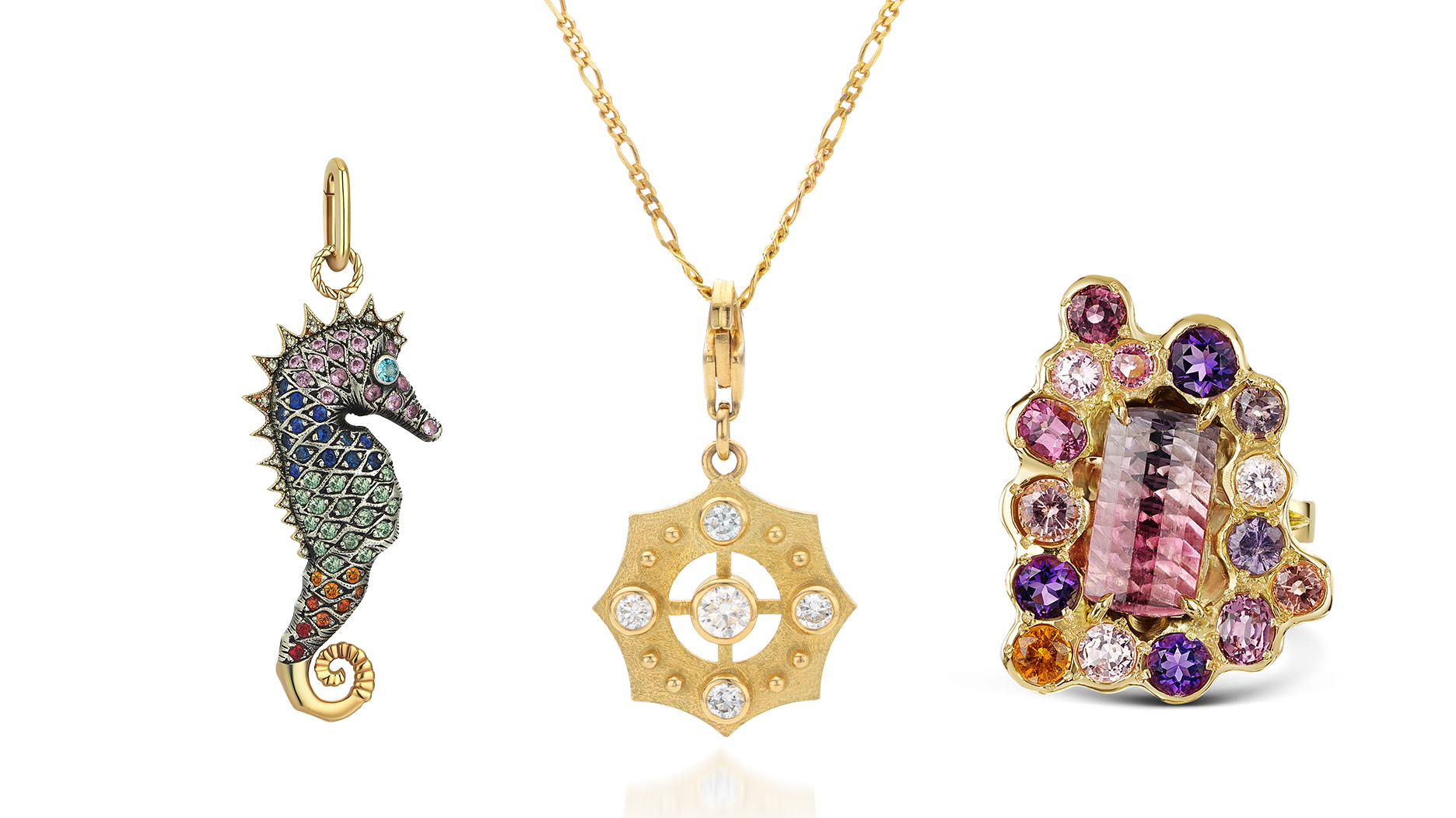Chris Blakeslee has experience at Athleta and Alo Yoga. Kendra Scott will remain on board as executive chair and chief visionary officer.
6 Takeaways from a Rare Chat with David and Sybil Yurman
The pair stepped into the spotlight during the recent JCK Tucson show, sharing many pieces of advice for designers on building their business.

Tucson, Ariz.--David and Sybil Yurman of the eponymous brand known for its cable motif stepped into a seldom seen spotlight on Thursday.
On a shady oversized patio at the JW Marriott Starr Pass Resort & Spa in Tucson, Arizona, home of the JCK Tucson show, the pair had a packed house of invitation-only guests eager to hear the legends talk about the evolution of the brand and staying timely in the current retail landscape.
The pair met more than 50 years ago as emerging artists. David, a one-time sculptor, was creating pieces for Sybil when she made a request: a piece of jewelry.
“I told David, ‘The sculptures are beautiful, but I’d like to be able to wear one,’” Sybil recalled.
So he did, and people noticed.
In a gallery on Madison Avenue, a shop owner inquired about purchasing Sybil’s gift from David—a necklace with human figures that culminated in a clasp of interlocking hands. David balked at the idea of selling it, but with some persuasion from Sybil, agreed to part with it.
Within 20 minutes, the pair received another call from the owner with her own request—for him to make more, and quickly. They had already sold four.
At once, the couple understood margins, knowing they needed to increase them. “If you sell too many too fast then your margin is too low,” David said.
So with that emerging business savvy and a $500 loan—“for which our parents had to co-sign,” Sybil added—from the Hebrew Free Loan Society, their business was born.
“We didn’t set out to create a business. We just wanted to make things,” she explained.
“If we could do it with $500, you can do it, too,” David said.
Here are a few of the pair’s professional takeaways from the session to help designers carve out a rich career for themselves.
On Name Recognition in Stores in the Early Years
“When we started, everyone was buying jewelry from another country, but our hook was American-made,” David said. “Customers were getting tired of seeing the same thing over and over again, so they embraced the point of view of the craft movement. It was a fight to have a jeweler use your name in a showcase, though. I would say, ‘I made this, so it’s a lie for you to say you did.’ At that time, jewelers didn’t want the customers to know that they could buy from anyone else.”
On the
“I would say ‘We’ll only allow you to take the collection if you buy enough pieces to tell a story, to show our point of view,’” David said.
Sybil added, “We didn’t do it out of arrogance. We had just never done it before, so we didn’t realize how regimented it was. We had to figure out how to do this tricky combination of art and commerce. So we wrote a contract—a retailer agreement—that revolutionized the way business was done. You also had to like the people you were dealing with because you had to believe they would pay you and could help sell your product.”

On Hiring Good Help
“The aesthetic is easy; it’s the whole organizational part of the business that is a fight,” David explained. “Hire people who are like-minded. Hire the people who complement your strengths to fill in the gaps and listen.”
On Familiar Designs
“You need a good merchandiser to remind you what you made two years ago and to decipher demand while keeping true to aesthetic,” David said. “You need someone to say, ‘Take that out of the collection because that was in someone else’s collection’ or ‘By the way, I bought that last year from John Hardy.’
You have to see other people’s lines to know what is out in the world. I go to shows to see the flow of things, but also to see what I don’t want to make. Follow your own way of doing things.”
On Market Need
“I made two belt buckles that sold quickly,” David recollected. “I didn’t want to make anymore, but a friend said, ‘You’re in the market, so you’ve got to take your pigs to market.’ Ask customers what they want, and fill a market need. So many people now think they know everything. No one wants to listen. Listen to your retailers and customers.”
On the Story Behind the Cable
“The inspiration came from brazing rods. I bundled up this material to solder,” David explained. “I said, ‘Let’s do cable. Let’s use that as our river.’ I found a classic form and stuck with it. Today, 70 percent of what we sell is cable, and many of our best-selling designs were made 20 years ago.”
The Latest

The credit card companies’ surveys examined where consumers shopped, what they bought, and what they valued this holiday season.

Kimberly Miller has been promoted to the role.

How Jewelers of America’s 20 Under 40 are leading to ensure a brighter future for the jewelry industry.

The “Serenity” charm set with 13 opals is a modern amulet offering protection, guidance, and intention, the brand said.


“Bridgerton” actresses Hannah Dodd and Claudia Jessie star in the brand’s “Rules to Love By” campaign.

The jewelry manufacturer and supplier is going with a fiery shade it says symbolizes power and transformation.

Roseco’s 704-page catalog showcases new lab-grown diamonds, findings, tools & more—available in print or interactive digital editions.

The singer-songwriter will make her debut as the French luxury brand’s new ambassador in a campaign for its “Coco Crush” jewelry line.

The nonprofit’s new president and CEO, Annie Doresca, also began her role this month.

As the shopping mall model evolves and online retail grows, Smith shares his predictions for the future of physical stores.

January’s birthstone comes in a rainbow of colors, from the traditional red to orange, purple, and green.

The annual report highlights how it supported communities in areas where natural diamonds are mined, crafted, and sold.

Footage of a fight breaking out in the NYC Diamond District was viewed millions of times on Instagram and Facebook.

The supplier has a curated list of must-have tools for jewelers doing in-house custom work this year.

The Signet Jewelers-owned store, which turned 100 last year, calls its new concept stores “The Edit.”

Linda Coutu is rejoining the precious metals provider as its director of sales.

The governing board welcomed two new members, Claire Scragg and Susan Eisen.

Sparkle with festive diamond jewelry as we celebrate the beginning of 2026.

The master jeweler, Olympian, former senator, and Korean War veteran founded the brand Nighthorse Jewelry.

In its annual report, Pinterest noted an increase in searches for brooches, heirloom jewelry, and ‘80s luxury.

Executive Chairman Richard Baker will take over the role as rumors swirl that a bankruptcy filing is imminent for the troubled retailer.

Mohr had just retired in June after more than two decades as Couture’s retailer liaison.

Shekhar Shah of Real Gems Inc. will serve as president of the Indian Diamond & Colorstone Association in 2026.

This year’s good luck charm features the mythical horse Pegasus, and is our first Piece of the Week of the new year.

Articles about crime, engagement rings, and a necklace worn in the World Series generated the most interest among readers.

As part of the leadership transition, Sherry Smith will take on the role of vice president of coaching strategy and development.




























